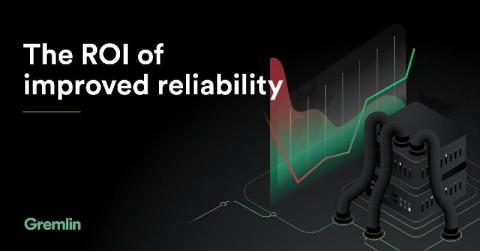How to Show Reliability Results to Your Organization
Building momentum for a reliability program can be tough. Improving reliability takes time, effort, and resources. But when everything from launching new features to improving security demands those same resources, it can be a struggle to get the buy-in you need to address reliability risks. And it makes sense! If a team spends time patching a known security bug or creating a new feature, they have a clear demonstration of the value created.









